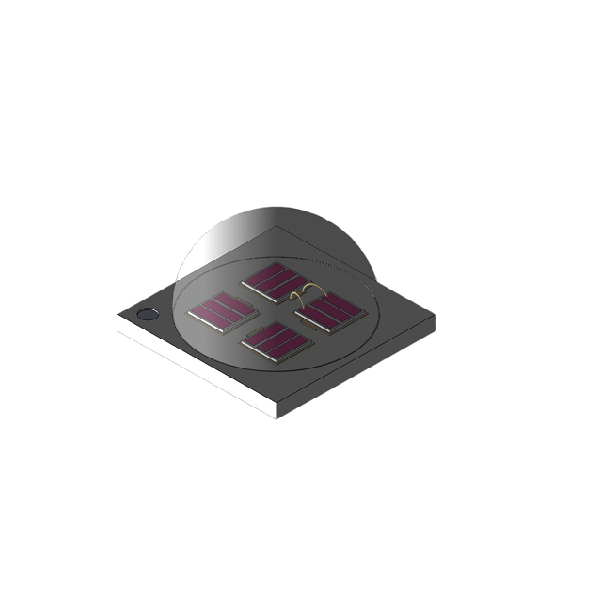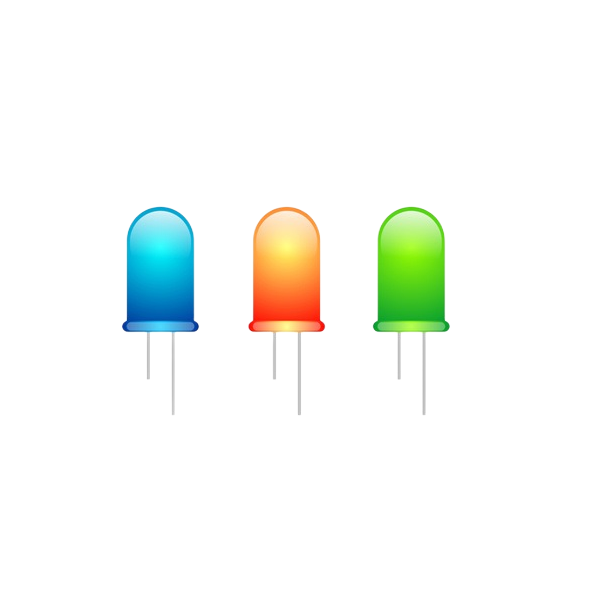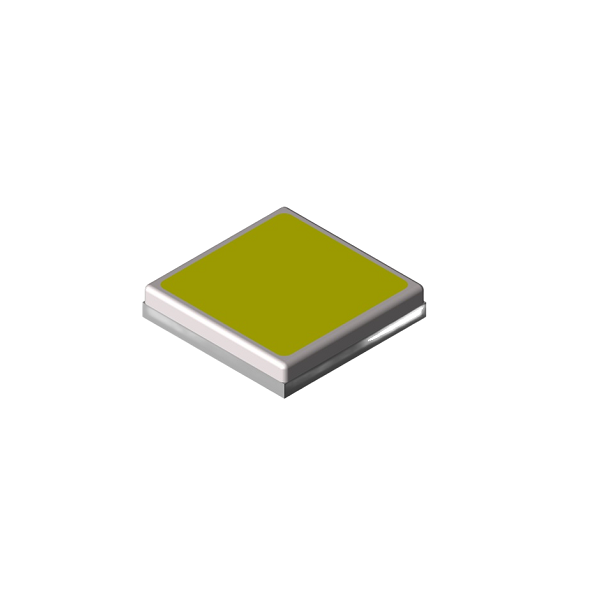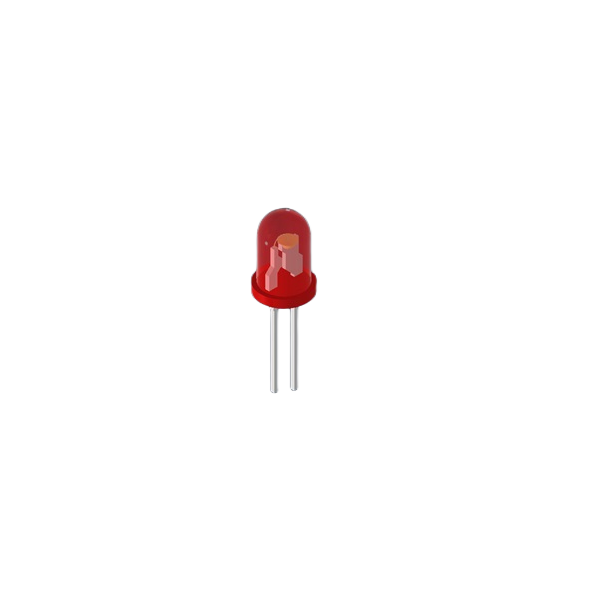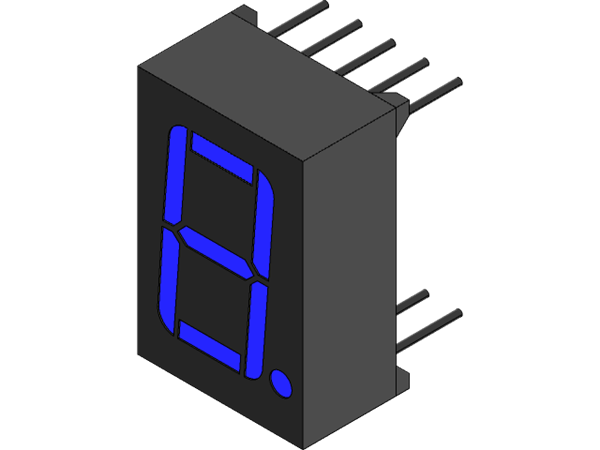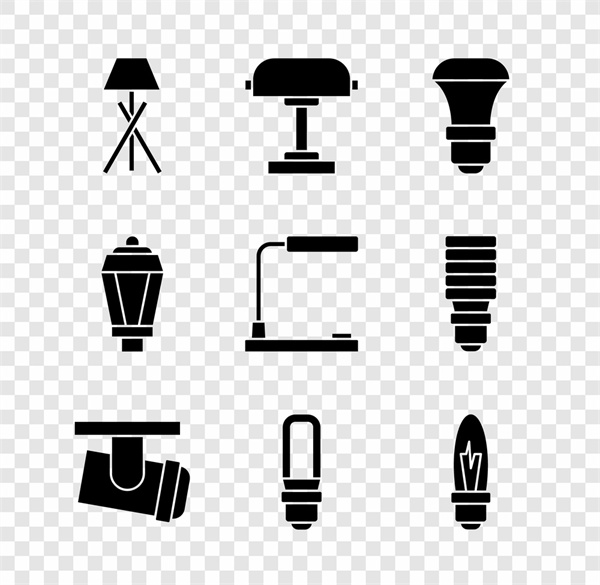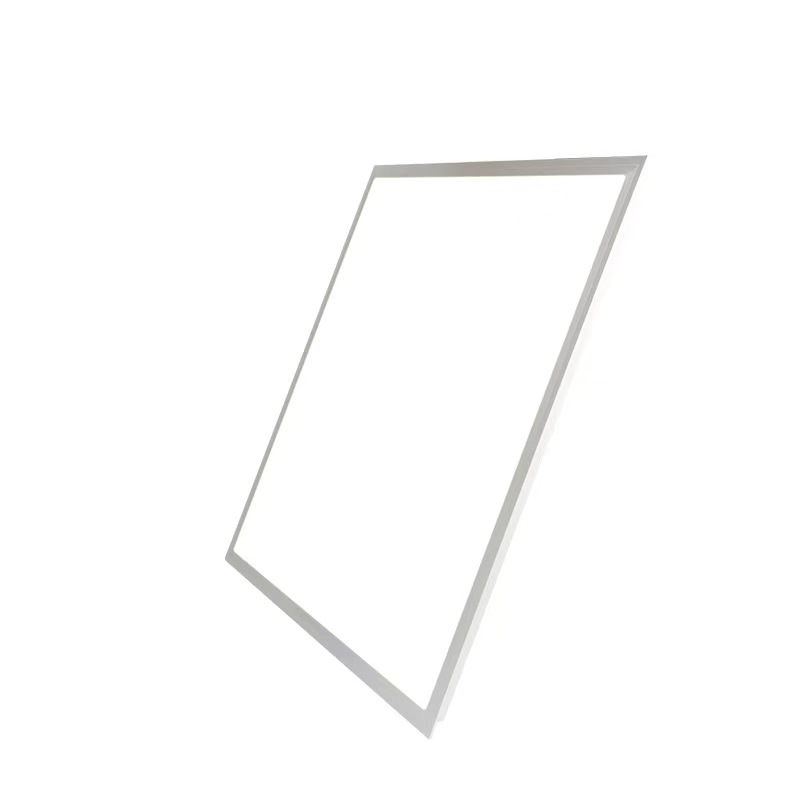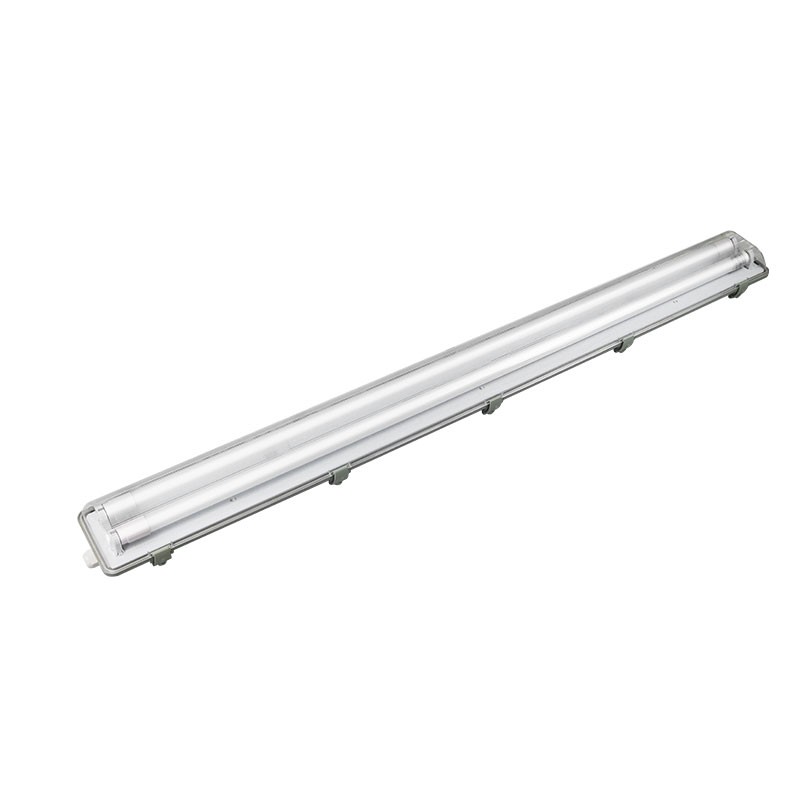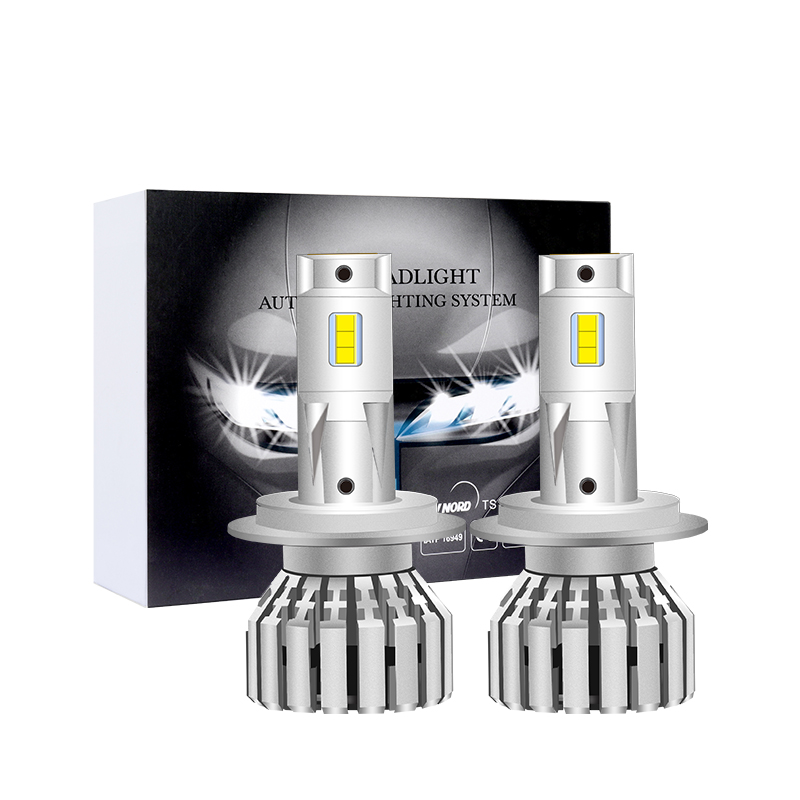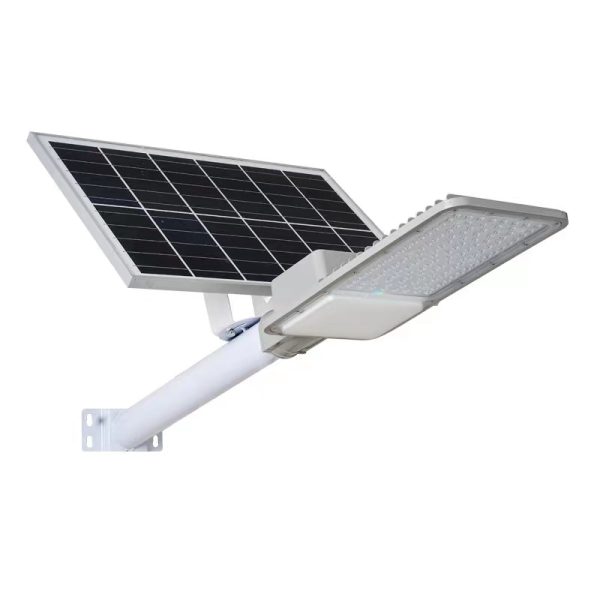SMD Resistor Sizes: Understanding the Different Options
When it comes to surface-mounted device (SMD) resistors, there are various sizes available for different electronic applications. Understanding the different sizes of SMD resistors is crucial in selecting the right components for your project. In this article, we will explore the common sizes of SMD resistors and their characteristics.
One of the most popular sizes for SMD resistors is the 0402 size. This refers to a resistor with dimensions of 0.04 inches by 0.02 inches. These resistors are tiny and are ideal for applications where space is limited. They are suitable for low-power applications and have lower power handling capabilities compared to larger sizes.
The 0603 size is slightly larger, measuring 0.06 inches by 0.03 inches. These resistors can handle higher power levels and are easier to handle and repair due to their size. They are commonly used in various electronics projects.
For larger applications, the 0805 size is often used. These resistors measure 0.08 inches by 0.05 inches and can handle even higher power levels. They are easier to work with and offer better heat dissipation capabilities compared to smaller resistors.
The 1206 size is another common size for SMD resistors. With dimensions of 0.12 inches by 0.06 inches, these resistors are larger and can handle high-power applications. They are often chosen for applications where power levels exceed the handling capabilities of smaller sizes.
The 2512 size is the largest available size for SMD resistors, measuring 0.25 inches by 0.12 inches. These resistors are used in highly specialized applications where high-power handling and heat dissipation are crucial. They are less easily damaged during handling and are chosen for applications where accuracy and precision are essential.
When selecting the right SMD resistor size for your application, consider the available space on your circuit board. If you have limited space, smaller sizes like 0402 or 0603 may be more suitable. If you require higher power handling capabilities and have more space available, consider larger sizes like 0805, 1206, or 2512.
Additionally, consider the power requirements of your application. Smaller resistors are suitable for low-power applications, while larger resistors are needed for high-power applications. Finally, consider the skill level of the person working on the assembly and repair process. Smaller resistors require more precision and finesse, so if you are not experienced with handling small components, larger sizes may be more manageable.
In conclusion, SMD resistors come in various sizes, each with its own advantages and considerations. Understanding the differences in sizes can help you select the right SMD resistors for your electronic project. Whether it is the 0402, 0603, 0805, 1206, or 2512 size, choosing the right SMD resistor depends on the available space, power requirements, and the skill level of the assembler. Take the time to understand these differences to ensure the success of your electronic project.


